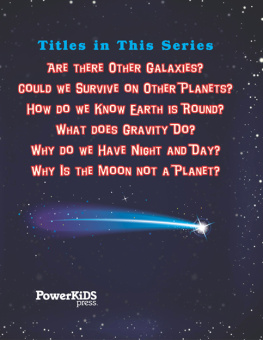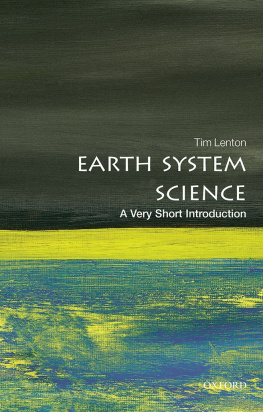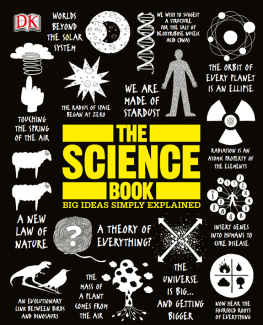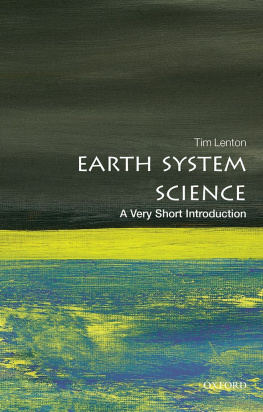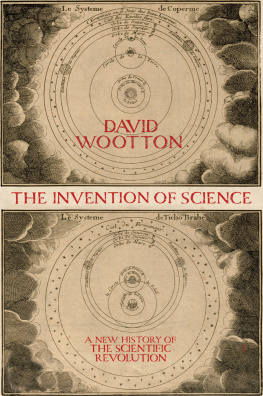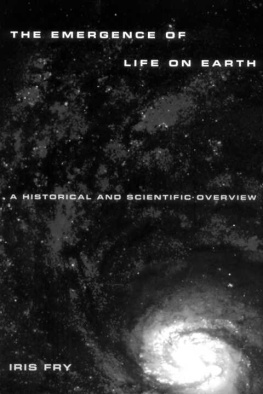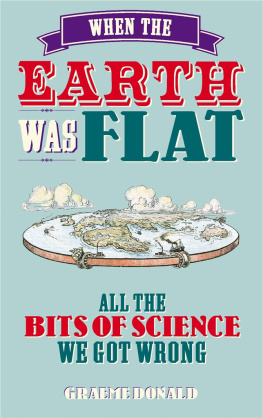

Published in 2017 by Britannica Educational Publishing (a trademark of Encyclopdia Britannica, Inc.) in association with The Rosen Publishing Group, Inc.
29 East 21st Street, New York, NY 10010
Copyright 2017 by Encyclopdia Britannica, Inc. Britannica, Encyclopdia Britannica, and the Thistle logo are registered trademarks of Encyclopdia Britannica, Inc. All rights reserved.
Rosen Publishing materials copyright 2017 The Rosen Publishing Group, Inc. All rights reserved.
Distributed exclusively by Rosen Publishing.
To see additional Britannica Educational Publishing titles, go to rosenpublishing.com.
First Edition
Britannica Educational Publishing
J.E. Luebering: Executive Director, Core Editorial
Anthony L. Green: Editor, Comptons by Britannica
Rosen Publishing
Maya Bayden: Editor
Nelson S: Art Director
Brian Garvey: Designer
Cindy Reiman: Photography Manager
Bruce Donnola: Photo Researcher
Library of Congress Cataloging - in - Publication Data
Names: Bayden, Maya, editor.
Title: Earth science / edited by Maya Bayden.
Other titles: Study of science.
Description: First edition. | New York : Britannica Educational Publishing in association with Rosen Educational Services, 2017. | Series: The study of science | Includes bibliographical references and index.
Identifiers: LCCN 2016010601 | ISBN 9781508103561 (eBook)
Subjects: LCSH: Earth sciences Juvenile literature. | Geology Juvenile literature.
Classification: LCC QE29 .E259 2017 | DDC 550dc23
LC record available at http://lccn.loc.gov/2016010601
Photo credits: NOAA in Space Collection/National Oceanic and Atmospheric Administration (Image Number: spac0255); cover and interior pages backgrounds and borders iStockphoto.com/LuMaxArt.
CONTENTS

The earth sciences seek to understand the physical features of Earth and how they developed, and in turn, to use that knowledge to benefit humans.
The earth sciences comprise the fields of study concerned with the solid Earth, its waters, and the air that envelops it. These fields include the geologic sciences, hydrologic sciences, and atmospheric sciences, respectively.
The broad aim of the earth sciences is to understand Earths present features and its past evolution, and to use this knowledge, when possible, to benefit humankind. Thus, earth scientists observe, describe, and classify all the features of Earth to generate hypotheses with which to explain how and why Earths features developed as they did and to check opposing ideas for their relative validity. In this way, the most plausible, acceptable, and long - lasting ideas are developed.
The physical environment in which humans live includes not only the immediate surface of Earth but also the ground beneath it and the water and air above it. Early humans were more involved with the practicalities of life than with theories. Their survival depended on the ability to obtain metals from the ground to produce alloys, such as bronze from copper and tin, for tools; to find adequate water supplies to establish dwelling sites; and to forecast the weather, which had a far greater bearing on human life in earlier times than it has today. Such situations were the foundations of the three main components of the modern earth sciences.
The rapid development of science as a whole over the past century and a half has given rise to an immense number of specializations and subdisciplines. As a result, modern earth scientists usually know a great deal about a very small area of study but only a little about other aspects of the entire field. Accordingly, it is important for the layperson and researcher alike to be aware of the complex interlinking network of disciplines that make up the earth sciences today. Only when one is aware of the marvelous complexity of the earth sciences and yet can understand the breakdown of the component disciplines is one able to choose those parts of the subject that are of greatest interest.
It is worth emphasizing two important features common to all three divisions of the earth sciences. First is that many objects of study are inaccessible. Many rocks, as well as water and oil reservoirs, are at great depths below Earths surface; air masses circulate at vast heights above it. Therefore, the earth scientist must have a good three - dimensional perspective. Second, all fields of the earth sciences are subject to time. The earth scientist is responsible for understanding how Earth evolved over millions of years. For example, what were the physical and chemical conditions on Earth 3.5 billion years ago? How did the oceans form, and how did their chemical composition change with time? How has the atmosphere developed? And finally, how did life on Earth begin, and from what did humans evolve?
There are many subdivisions of the earth sciences beyond the three main disciplines, and different approaches divide subfields of study in a variety of ways. With such a merging across subdisciplines, researchers today must be adaptable in their approach to problems. A key aspect of training within the earth sciences is an appreciation of their multi -disciplinary nature.
T he origins of the earth sciences lie in the myths and legends of the distant past. The creation story, or the story of how Earth came to exist, can be traced to a Babylonian epic of the twenty - second century BCE. Retold in the first chapter of the biblical book of Genesis, the story has proved most influential. The story is cast in the form of Earth history and so was widely accepted by ancient cultures as both scientific and religious truth.
Earth scientists later made countless observations about natural phenomena. Such observations were examined through various fields of study. However, the earth sciences were slow to develop. This was largely because scientific advances were restricted by whatever society tolerated or supported.
Geology is concerned with the solid Earth its history, its shape, the materials forming it, and the processes that are acting and have acted on it. Geologists are concerned primarily with rocks and materials derived from rocks that make up the outer part of Earth. To understand these materials, geologists incorporate knowledge from other fields of science, such as physics, chemistry, and biology; thus, geological fields such as geophysics, geochemistry, geochronology, and paleontology incorporate other sciences, enabling geologists to understand better the working of Earth processes through time. The human study of rocks dates to the first millennium BCE.
The oldest known treatise on rocks and minerals is De lapidibus ( On stones) . It was written by the Greek philosopher Theophrastus ( ca. 372 ca . 287 BCE ) probably in the early years of the third century BCE. For almost two thousand years it remained the best study of minerals. Although the work refers only to about seventy different materials, its main achievement was in attempting a classification system of rocks and minerals.
In early Chinese writings on mineralogy, stones and rocks were distinguished from metals and alloys. Further distinctions were made on the basis of color and other physical properties. The beliefs of Zheng Sixiao (died 1332 CE) on the origin of ore deposits were more advanced than those of Europeans of his time. In brief, he suggested that ore was deposited from groundwater flowing in cracks beneath Earths surface.


